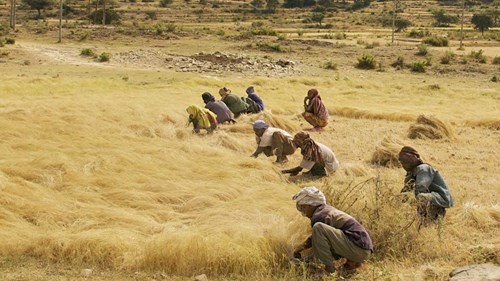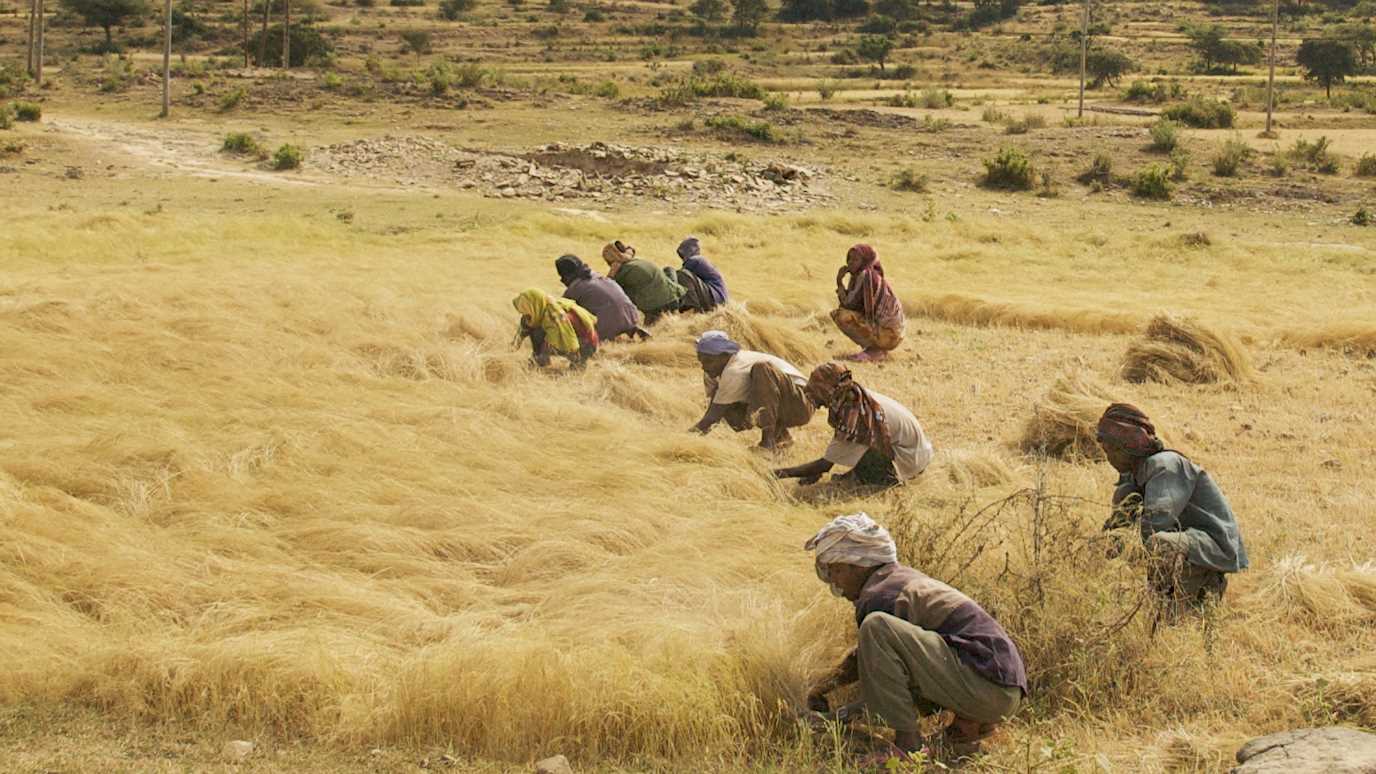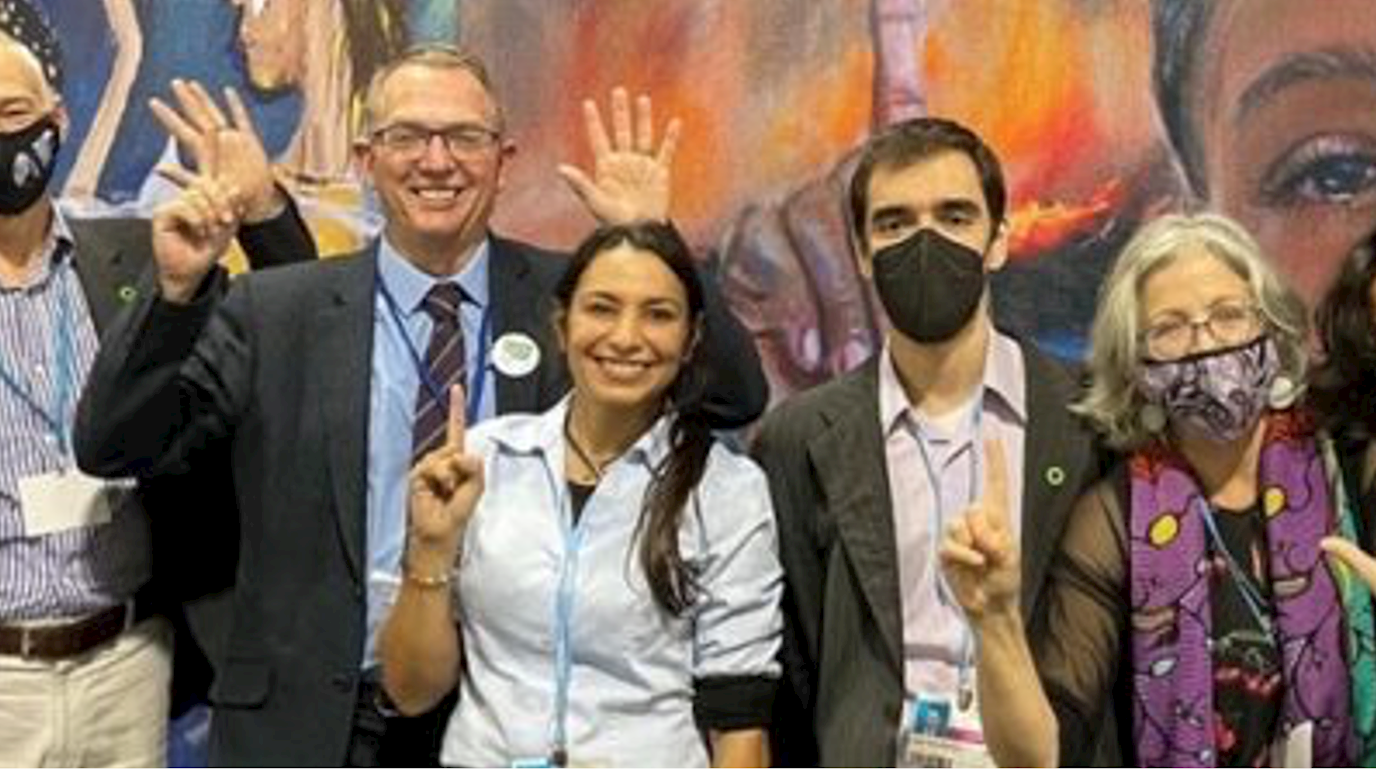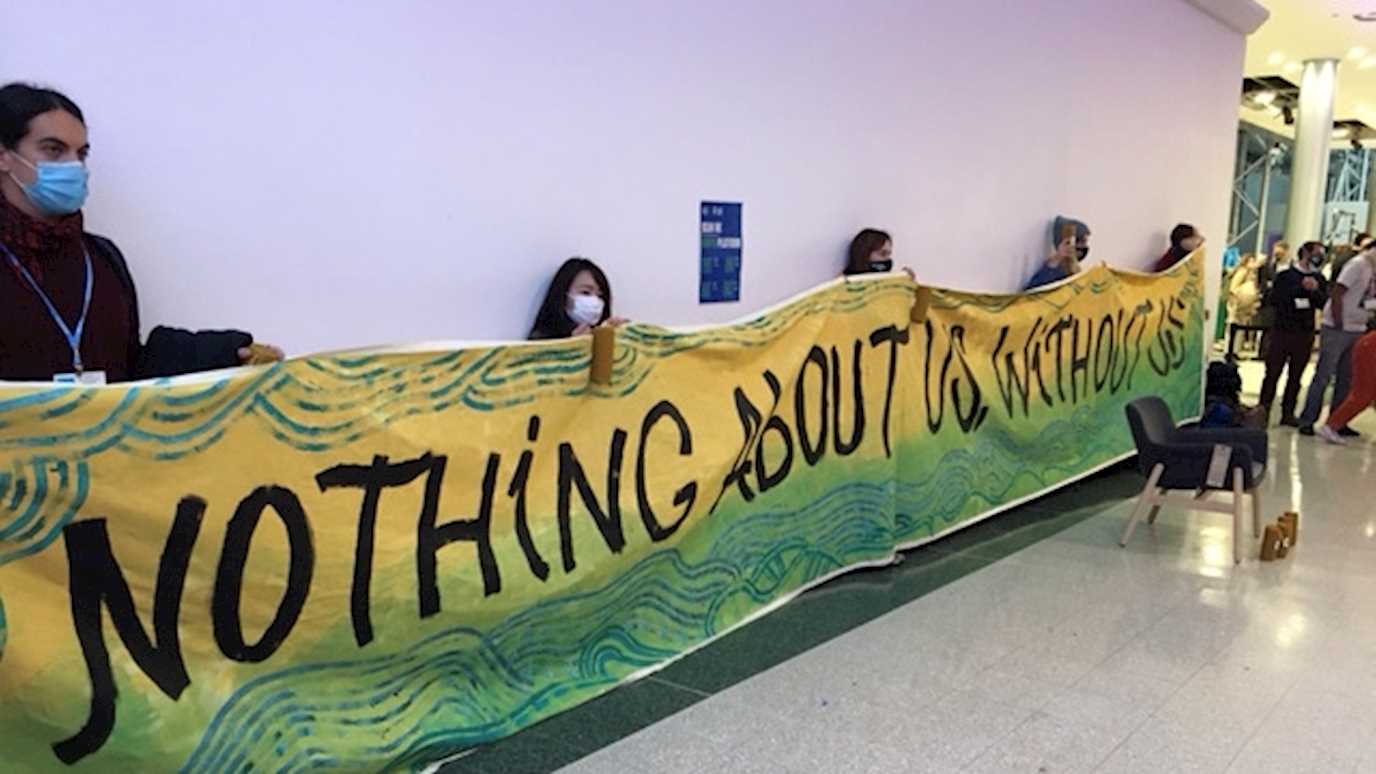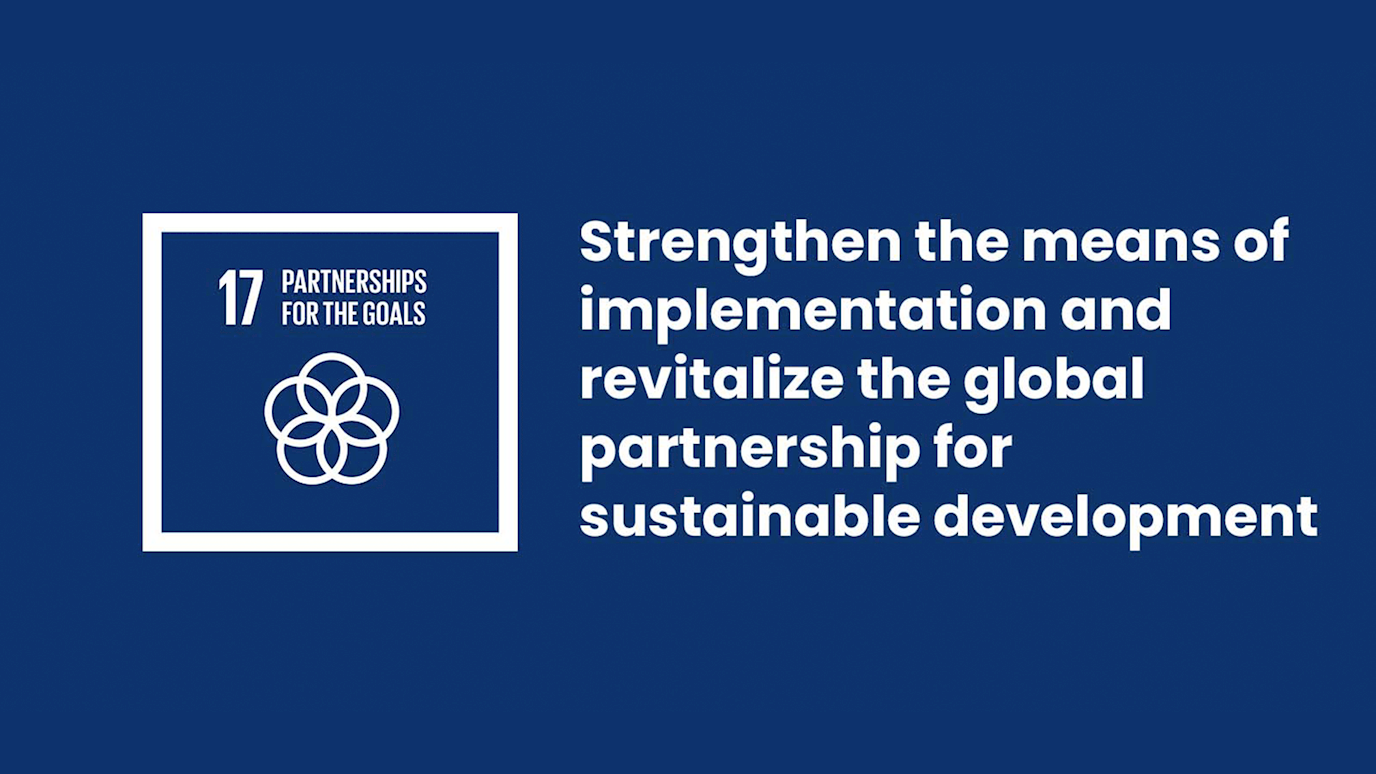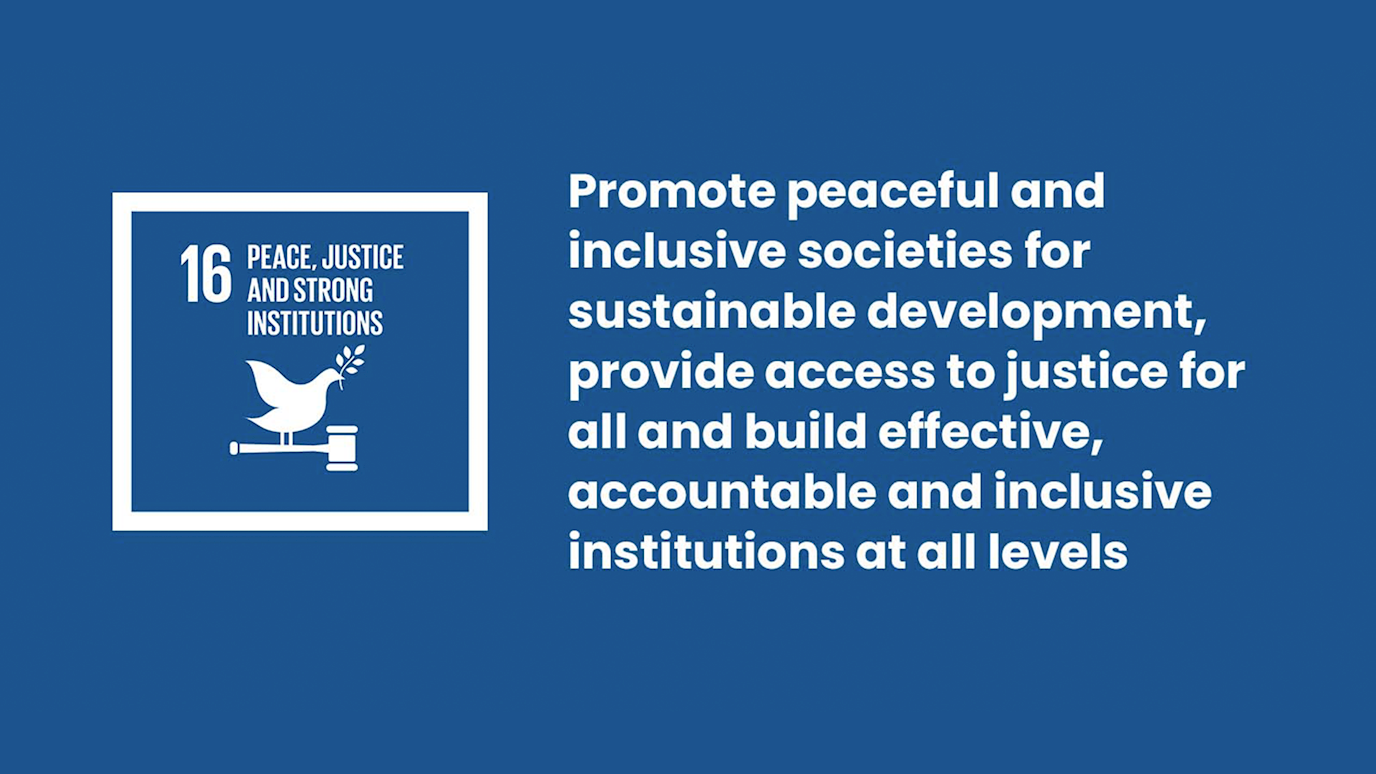More than two billion people in the world currently lack access to adequate food, writes Ivica Petrikova. The official aim of the second Sustainable Development Goal (SDG) is to ‘End hunger, achieve food security and improved nutrition, and promote sustainable agriculture’.
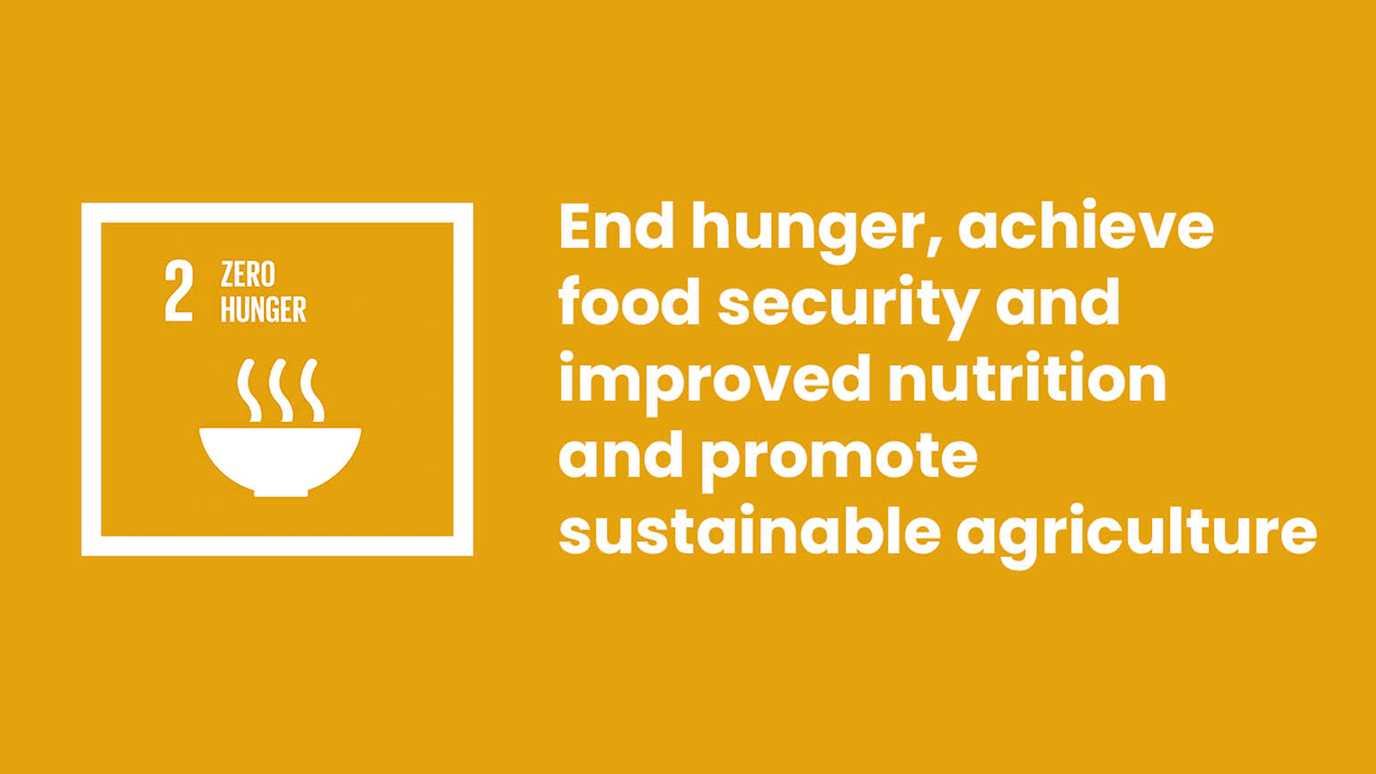
The second SDG aspires, by 2030, to ensure food access for all people and to end all forms of malnutrition, with a particular focus on child stunting (too short for age) and child wasting (too thin for height).
SDG 2 also undertakes to bring about more sustainable food production, by increasing the productivity of small-scale food producers and reducing the negative environmental effects of agriculture. Unfortunately, most of the SDG 2 measurable indicators of attainment look unlikely to be achieved by 2030. They have suffered a significant setback in their progress due to the COVID-19 pandemic.
Global progress towards realising the SDG 2 targets
The world was not on track to achieve SDG 2’s first target, ending hunger, even prior to the pandemic. The global proportion of people without access to sufficient daily calories increased from 8.3 per cent in 2014 to 8.4 per cent in 2019. The pandemic significantly exacerbated the situation, however, with an estimated 9.9 per cent of the global population – more than 770 million people – lacking such access in 2020. The situation is most problematic in countries affected by a combination of pandemic-induced economic downturns, conflicts, and climate disasters – such as Yemen, Afghanistan, and Nigeria.
In contrast, some malnutrition indicators had experienced improvement prior to the pandemic. For example, the rate of stunted children under five declined from 26.2 per cent in 2012 to 22 per cent in 2020. However, the situation was still dismal in many countries. The World Health Organisation estimated that in 2020, in at least 10 countries – Burundi, Madagascar, Niger, and Libya among them – more than 40 per cent of children under five were stunted. Furthermore, the global success in reducing child malnutrition rates has likely been reversed now, as 90 per cent of the world’s countries reported a reduction in the coverage of their nutrition programmes during the pandemic.
Progress on the third target of SDG 2, to promote sustainable agriculture, seems also in doubt. The United Nations (UN) aimed to encourage this target by increasing the productivity and resilience of small-scale food producers, who produce 70 to 80 per cent of the world’s food. But the current global food system is dominated by a small number of large producers supported by governmental subsidies, which, according to a recent UN report, account for 15 per cent of total agricultural production value and are harmful to the environment, nutrition and health. The UN Food Systems Summit, organised in September 2021, aspired to change this system by galvanising small food producers. However, the summit was eventually boycotted by many food-security experts and non-governmental organisations, who claimed that it gave an undue role to agribusiness corporations and sidelined the small food producers that it had vowed to empower.
Researching nutrition security and diet
My research within SDG 2 has focused on its latter two targets, nutrition security and the sustainable intensification of agriculture. Vis-à-vis nutrition security, I have been investigating how governments of fast-growing economies in Asia and Africa have tried to improve food access and nutrition outcomes for their populations. One of my main findings, based on a comparative analysis of such governance mechanisms in India and Ethiopia, has been that a lack of dietary diversity and of governmental programmes promoting it has contributed significantly to India’s persistently high rates of malnutrition.
I then explored this issue more deeply, by examining the links between Indian children’s diets and their nutrition status, and concluded that raising parental awareness of the importance of fruits, vegetables, eggs and meat as weaning foods could help reduce India’s incidence of child stunting and wasting. With scholars from the Biological Sciences at Royal Holloway, the International Institute of Tropical Agriculture, and the World Vegetable Centre, I am also researching interventions that could improve the nutritional composition of diets of school children in West Africa.
Ethiopian teff and family farmers
Regarding the sustainable intensification of agriculture, I have participated in projects aimed at increasing the productivity of teff, Ethiopia’s staple cereal, and at analysing the effects of wet-market closures on the nutrition outcomes of school-aged children in Kenya. Ascribing to the spirit of planetary health, which sees human health and nutritional wellbeing intrinsically linked with the health of the environment, I have argued alongside co-authors that food production based around family farmers is a more ecological and sustainable approach to achieving long-term global food security than the agribusiness corporate food system currently in place.
Despite its SDG 2 commitment, the world will almost certainly not achieve ‘zero hunger’ and its related goals by 2030. In fact, due to worsening climate conditions combined with still-increasing population, the global food security situation may deteriorate further in the future. At the same time, it is within the financial and technological capacity of humankind to improve it.
Let us hope our political leaders, gathered at COP26 in Glasgow this year, show a political will to act decisively on this matter.
Ivica Petrikova is a Senior Lecturer in International Relations at Royal Holloway University of London and co-director of the Global Politics and Development Centre. Her main research interests include the governance of food and nutrition security, the effectiveness and securitisation of development aid and public social programmes, and the links between development and the environment. Her articles have appeared in a variety of peer-reviewed academic journals including Food Security, Third World Quarterly, Oxford Development Studies, Development Policy Review and Lancet Planetary Health.










